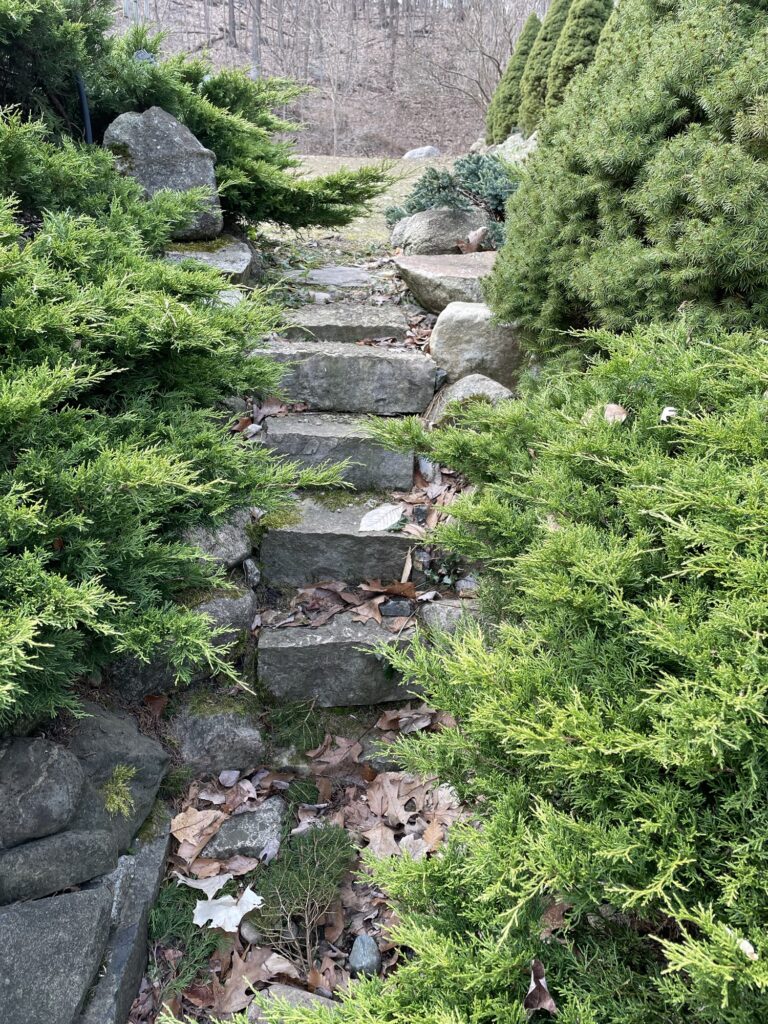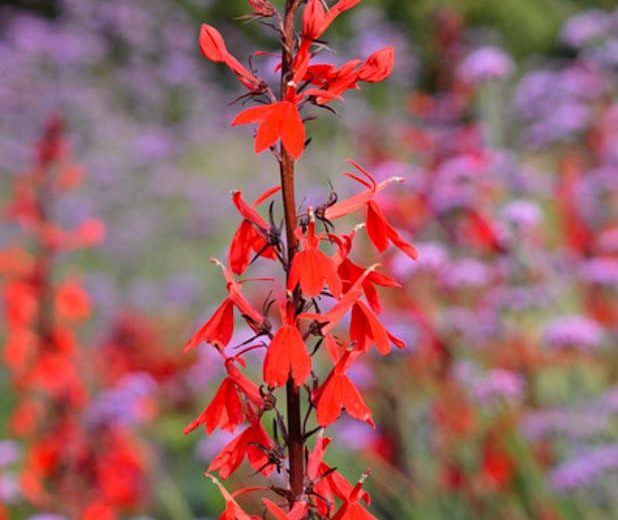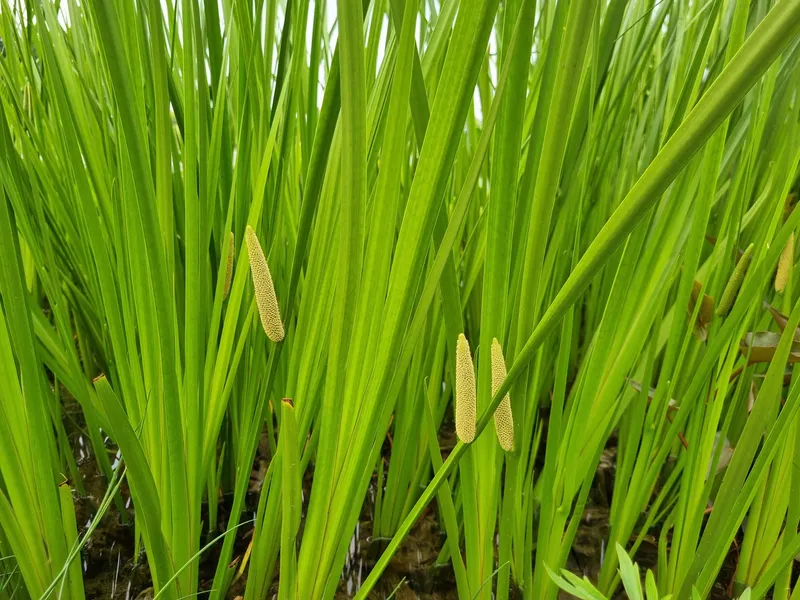Western Michigan falls within USDA Hardiness Zones 5a to 6a, which means we have a moderately cool climate with cold winters.
Here are some native wetland plants suitable for our region:
Willow Species (Salix spp.)
 Various willow species are well-adapted to wetland conditions.
Various willow species are well-adapted to wetland conditions.
They provide habitat, stabilize soil, and some have attractive weeping forms.
Pickerelweed (Pontederia cordata)
 This perennial plant has attractive spikes of blue-purple flowers and thrives in wetland areas.
This perennial plant has attractive spikes of blue-purple flowers and thrives in wetland areas.
Blue Flag Iris (Iris versicolor)
 Known for its stunning blue-purple flowers, this iris species is well-suited for wet soils and adds a touch of elegance to wetland areas.
Known for its stunning blue-purple flowers, this iris species is well-suited for wet soils and adds a touch of elegance to wetland areas.
Swamp Milkweed (Asclepias incarnata)
 A great choice for attracting butterflies, swamp milkweed produces clusters of pink to mauve flowers and thrives in moist conditions.
A great choice for attracting butterflies, swamp milkweed produces clusters of pink to mauve flowers and thrives in moist conditions.
Cardinal Flower (Lobelia cardinalis)
 With its striking red flowers, cardinal flower adds a vibrant splash
With its striking red flowers, cardinal flower adds a vibrant splash
of color to wetland areas and attracts hummingbirds.
Joe Pye Weed (Eutrochium maculatum)
 This tall, native perennial has clusters of pink to purplish flowers and provides nectar for butterflies and other pollinators.
This tall, native perennial has clusters of pink to purplish flowers and provides nectar for butterflies and other pollinators.
Bluejoint Grass (Calamagrostis canadensis)
 A native grass that is well-suited for wetland conditions,
A native grass that is well-suited for wetland conditions,
providing habitat and stabilization for the soil.
Sweet Flag (Acorus calamus)
 This aromatic plant is often found in wetlands and has grass-like foliage.
This aromatic plant is often found in wetlands and has grass-like foliage.
It can tolerate a variety of wet soil conditions.
Red Twig Dogwood (Cornus sericea)
 Besides its attractive red stems, this shrub provides habitat and adds visual interest to wetland areas.
Besides its attractive red stems, this shrub provides habitat and adds visual interest to wetland areas.
Elderberry (Sambucus canadensis)
 A shrub with clusters of white flowers and later dark purple berries,
A shrub with clusters of white flowers and later dark purple berries,
elderberry is beneficial for wildlife and can tolerate wet soils.







:max_bytes(150000):strip_icc():format(webp)/GettyImages-615975908weepingwillowtreejuly7th-86a1f0728f3d4ea48df0b8684a23293b.jpg)








